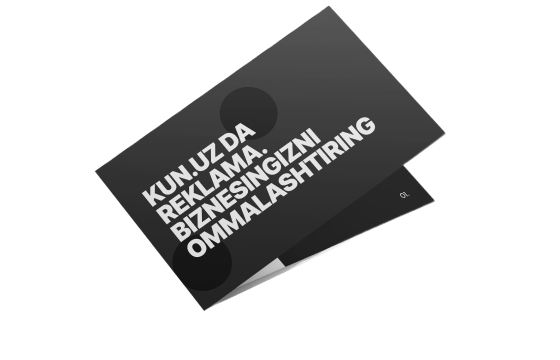Inflation expectations in Uzbekistan drop sharply in June
According to a Central Bank survey, inflation expectations among the population continued to decline in June, influenced by fewer mentions of currency fluctuations and more frequent references to rising wages and benefits.
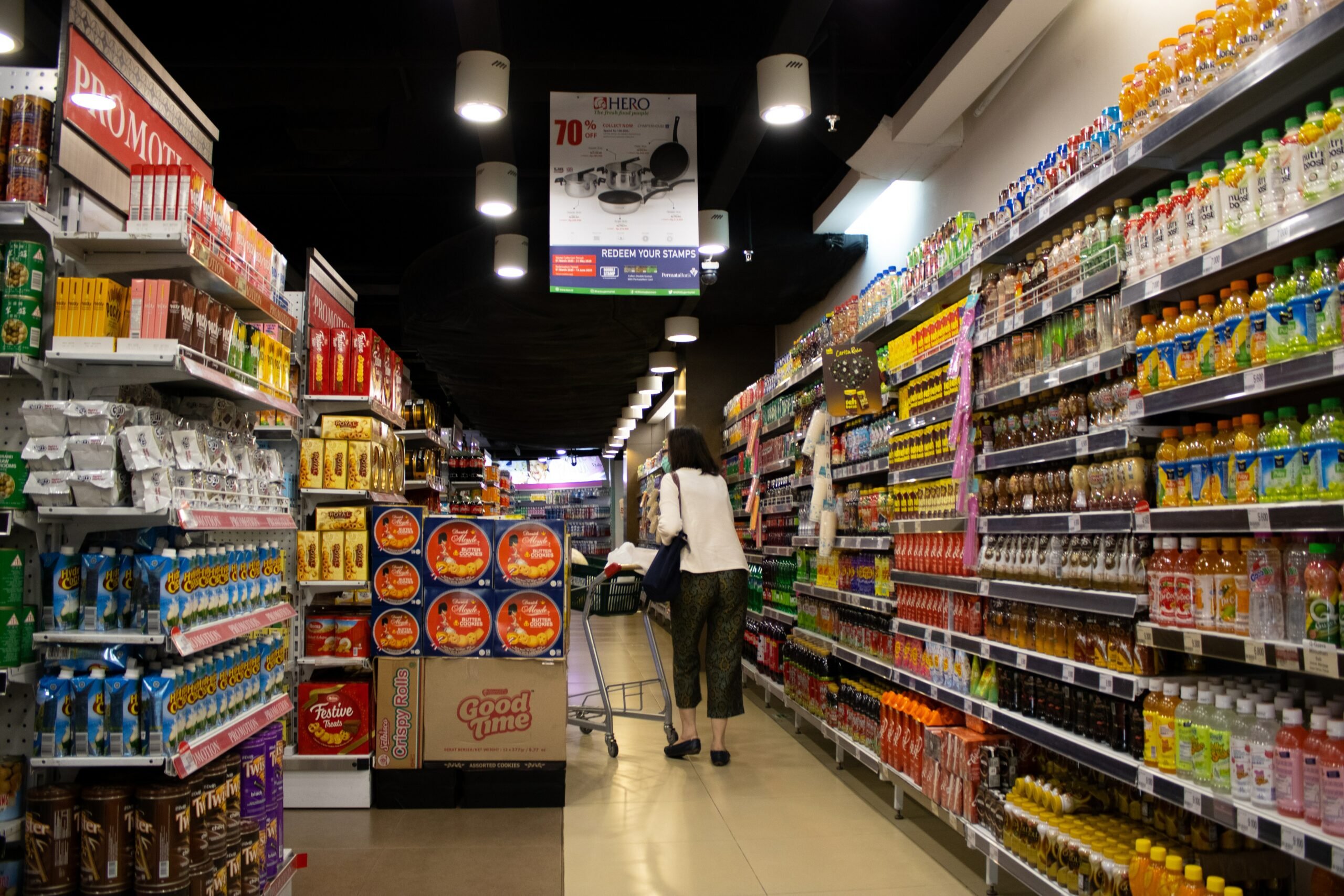
Photo: Pexels
The average expected price increase over the next 12 months was 13.2%, the lowest since last October and 0.5% below May’s level. The median expectation dropped slightly by 0.1% to 11%.
Residents of the capital, Tashkent, reported the highest expected inflation rate at 15.2%, followed by Samarkand (14.1%) and Surkhandarya (14%). More optimistic outlooks were observed in Navoi and Namangan regions (both 12%) and Syrdarya (12.1%).
Among professions, industrial workers (15.6%), transport sector employees (15.1%), and students (14%) had the highest inflation forecasts. Lower expectations were noted in trade (11.1%), tourism (11.6%), and household services (12.3%).
Expected inflation decreased across all income groups. Those earning over 15 million UZS per month reported an average expectation of 15.1%, followed by individuals without personal income (14.9%) and those earning 7–10 million UZS (14.2%). The lowest expectations were among those earning up to 3 million UZS (12.2%).
The primary factor influencing forecasts remains rising utility tariffs, cited by 50% of respondents, followed by increasing energy costs (45%). Rising wages and benefits emerged as the third most significant factor (35%). Currency fluctuations fell to fifth place (27%), overtaken by transport costs (30%).
Among entrepreneurs, average inflation expectations dropped to 11.8%, down over 1% to a near one-year low. The median expectation was 10.3%, a 0.5% decrease.
Tashkent led entrepreneurial inflation forecasts at 13.6%, surpassing Samarkand (12.8%) and Syrdarya (12.6%). The lowest expectations came from entrepreneurs in Karakalpakstan (10.4%), Bukhara (10.5%), and Fergana (10.8%).
By sector, the highest inflation expectations were in education (13.4%), transportation (12.9%), and catering (12.3%). Conversely, businesses in medicine, culture, and tourism reported the lowest expectations, slightly above 10%.
Similar to households, entrepreneurs cited rising utility tariffs (47%), energy prices (43%), and wage increases (33%) as key factors, followed by transport costs (32%) and currency fluctuations (31%).
Related News

13:04
Central Bank of Uzbekistan reports decline in reserves, while gold volume and value climb
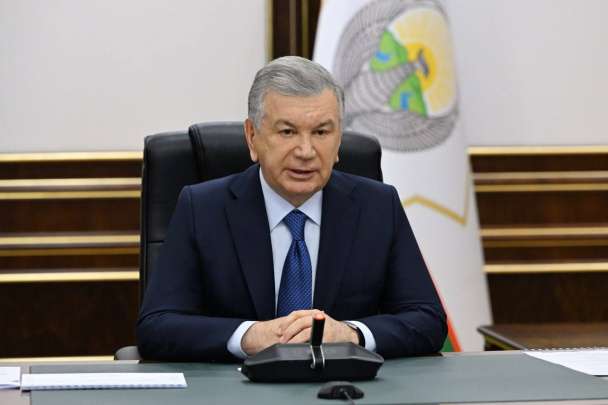
15:00 / 08.07.2025
President Mirziyoyev reviews economic progress in Namangan
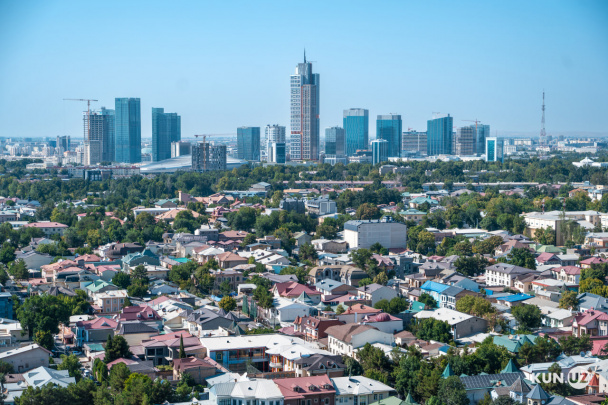
20:34 / 07.07.2025
Uzbekistan's economy expands 6.8% in first half of 2025
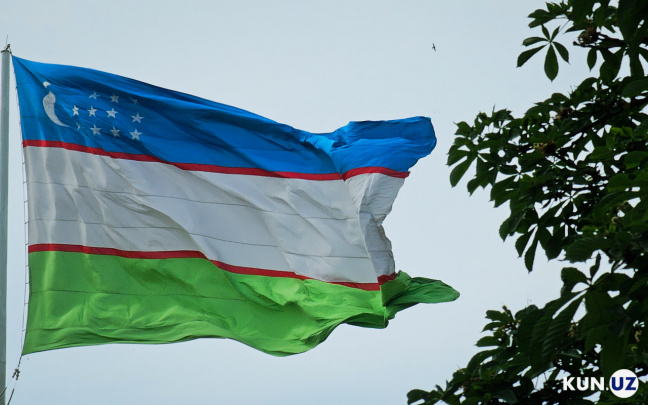
15:18 / 07.07.2025


